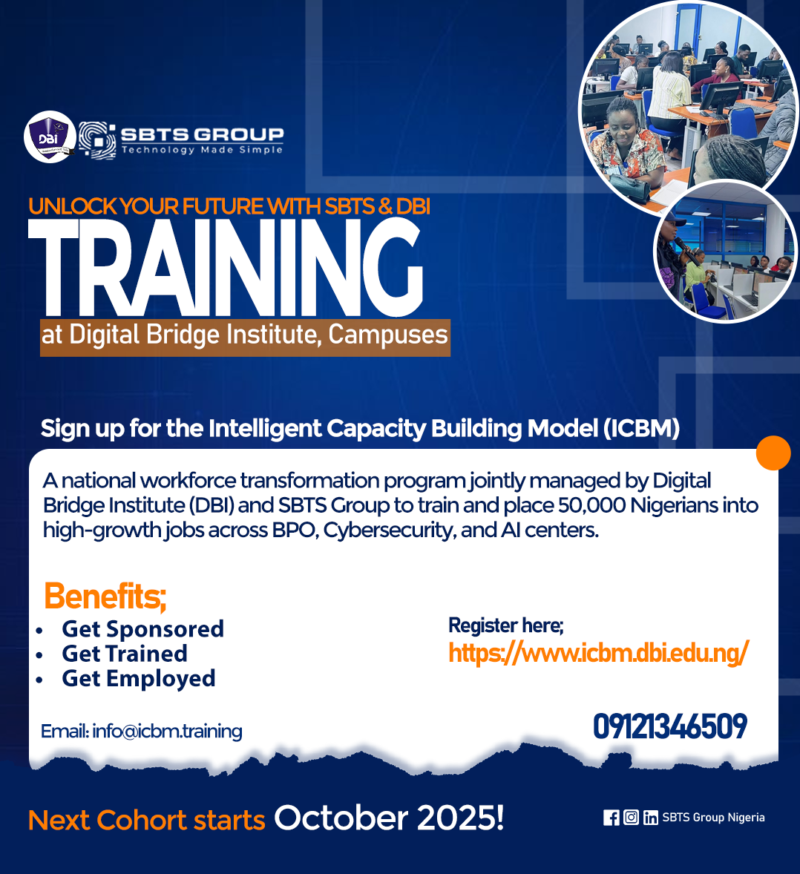This piece by Repocket delves into real-world examples where being first didn’t guarantee success, providing valuable insights for readers eager to navigate the dynamic start-up landscape. By unpacking the risks and strategic missteps often overlooked in the race to innovate, this article is poised to spark thoughtful discussion and equip entrepreneurs with the foresight to make informed decisions.
Historical Context
The “first mover” concept has long been considered a key to industry success, suggesting that introducing a new product or service first offers a competitive advantage. Historically, pioneers establish strong brand recognition, customer loyalty, and sometimes near-monopoly status, leading to higher profit margins. This advantage is, however, contingent on maintaining an innovative edge amidst changing market dynamics.
RELATED: SDG Digital pioneers sustainable future through innovation and tech
Examples like Yahoo and Blockbuster highlight the pitfalls of being first. Yahoo, once a top internet platform, failed due to strategic errors and missed opportunities, such as passing on acquiring Google for $1 million, which later led to their decline. Blockbuster, a leader in video rentals, couldn’t adapt to digital streaming trends, eventually leading to its bankruptcy. These stories emphasize that first-mover advantage requires not just initial innovation but ongoing adaptation and foresight.
The Allure of Being First
In business, being the first to market is seen as a golden opportunity to secure dominance before competitors can enter. The first-mover advantage promises brand recognition, customer loyalty, and significant market share. It also offers the ability to influence industry standards and consumer expectations, setting benchmarks for future entrants.
The appeal includes establishing cost advantages through experience curve effects, making the brand synonymous with new product categories, and shaping consumer perceptions early. The psychological edge of being an innovator helps entrench a brand in consumer minds. However, this strategy comes with challenges that require careful examination before entering new markets.
The Pitfalls of First-Mover Trap
The first-mover advantage comes with significant challenges, including the burden of consumer education, which involves costly marketing and public relations efforts. The uncertainty of consumer acceptance and substantial initial investments further complicate this strategy. Late entrants can learn from first movers’ mistakes, improving offerings at lower costs, thus eroding initial advantages.
First movers face the high costs of market entry and maintaining a competitive edge, as rapid technological changes can quickly render their offerings obsolete. This requires continuous adaptation and innovation, creating a cycle of investment and risk. The initial advantage can turn into a precarious balance if companies cannot manage these challenges successfully.
Case Studies
Yahoo and Blockbuster illustrate how first-mover advantage can be lost. Yahoo, despite early internet success, failed to adapt and missed key opportunities, like acquiring Google. Blockbuster, once dominant in video rentals, couldn’t transition to digital, leading to its downfall. These cases highlight the need for continuous innovation and adaptation to sustain a first-mover advantage.
Strategies to Mitigate First-Mover Risks
To mitigate risks, first movers should employ strategic measures:
- Comprehensive Market Research: Conducting thorough market research helps understand the landscape, identify target audiences, and anticipate challenges, allowing informed decision-making and minimizing costly errors.
- Leveraging Market Characteristics: Capitalizing on market elements like appropriable technology, customer switching costs, and network effects fortifies a first mover’s position. High switching costs deter customer migration, while appropriable technology serves as a barrier to competitors.
- Continuous Innovation: Persistent innovation keeps companies competitive. Advancing technology, enhancing customer experiences, and expanding product offerings help maintain relevance and capitalize on the first-mover advantage. According to Repocket, a leading bandwidth-sharing platform, the key to sustainable market leadership is “consistently evolving with technological advancements and user needs, ensuring the company remains at the forefront of innovation.”
- Strategic Partnerships: Forming alliances with industry players leverages shared resources and expertise, accelerating market penetration. Partnerships build resilience by pooling strengths and reducing vulnerabilities.
- Hybrid Strategies: Combining pioneering with imitative approaches allows firms to maximize profits while reducing R&D costs. This flexibility enables quick pivots in response to market feedback and competition.
By adopting these strategies, first movers can navigate the uncertainties of pioneering markets, protecting initial investments and laying a foundation for long-term success amidst dynamic conditions.
































